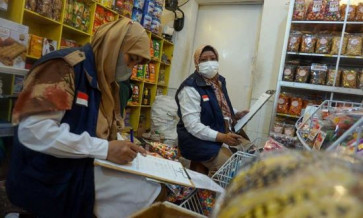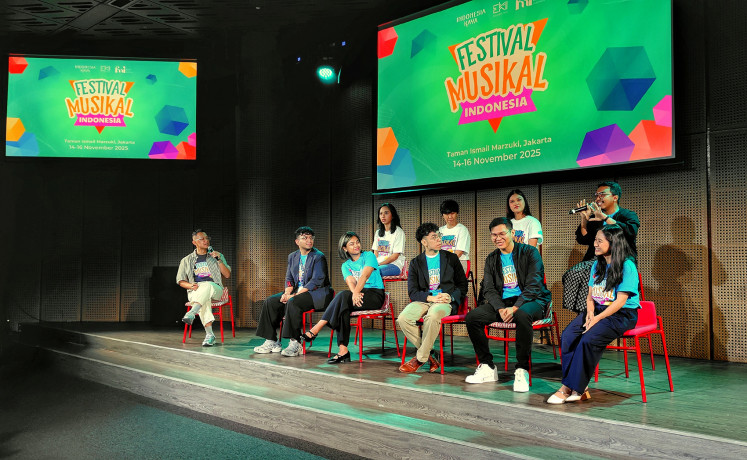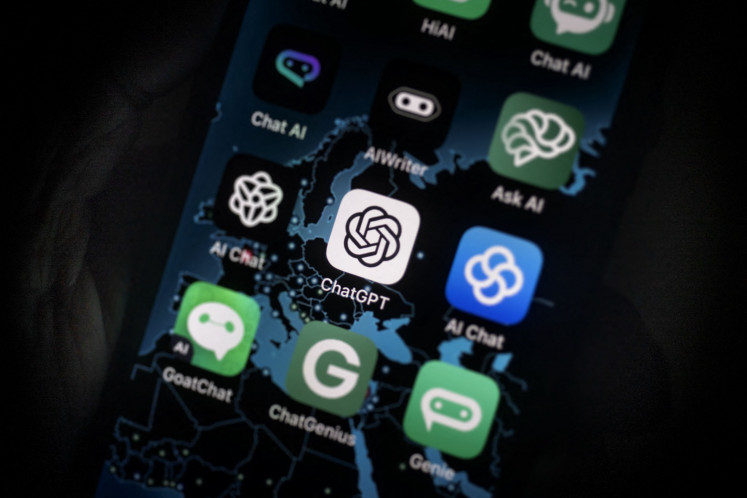Popular Reads
Top Results
Can't find what you're looking for?
View all search resultsPopular Reads
Top Results
Can't find what you're looking for?
View all search resultsInternet literacy reaches more than half of Indonesian population: Survey
Change text size
Gift Premium Articles
to Anyone
I
nternet literacy among Indonesians is said to have increased by more than half or up to 54.68 percent, according to a survey released by the Indonesian Internet Service Providers Association (
The number of internet users in Indonesia reportedly reached 132.7 million in 2016 and 143.26 million in 2017.
"This number continues to grow. Next year, the APJII will provide live data through our big data service, hence the number could be seen real time," said APJII secretary-general Henri Kasyfi Soemartono in Jakarta on Monday as quoted by Antara.
According to the survey, which involved 2,500 respondents across Indonesia’s six-biggest regions, Java remained at the top the list with internet user penetration of 58.08 percent, followed by Sumatra (19.09 percent); Kalimantan (7.97 percent); Sulawesi (6.73 percent); Bali, West Nusa Tenggara and East Nusa Tenggara (5.63 percent); and Maluku and Papua (2.49 percent).
Read also: 5 safety tips for browsing the internet
The users are said to be dominated by young people age 13-18 years old, reaching up to 75.5 percent, of which most were male users (51.43 percent).
The survey also revealed that the highest penetration was found in regions that have higher-educated populations.
"This also applies to penetration at the economic level; the higher the economic status, the higher the penetration. At the highest social class economy, for instance, the penetration reached 93.1 percent," said Henri.
Gadgets are said to be the most popular devices used to access the internet, the survey stated, reaching up to 44.16 percent, followed by a computer or laptop (4.49 percent) and both (39.28 percent).
Henri added that among the things that needed attention related to the survey was the fact that people had not yet maximized the use of internet in the field of health, such as to consult health issues with health experts.
Additionally, the use of the internet in the field of economics had only been applied by 16.83 percent, in the form of online selling and purchasing. The use of local apps was also still small, as up to 56.79 percent of internet users said they rarely used local apps. (kes)











